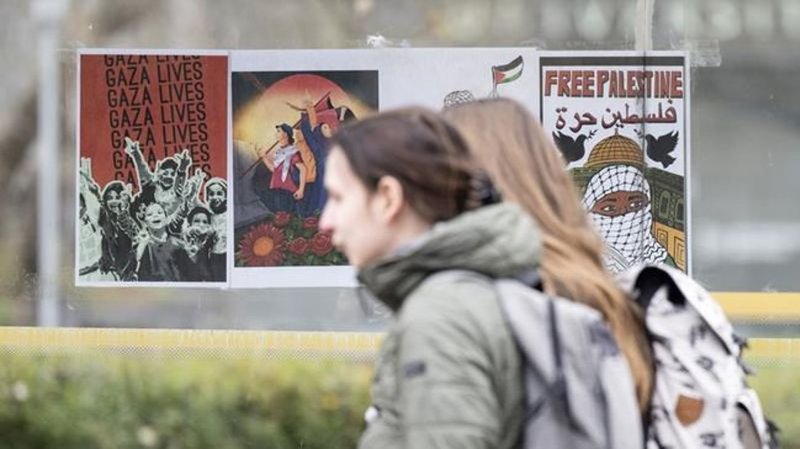
In Montreal, a visual competition between pro-Israel, pro-Palestinian demonstrators
MONTREAL — In Montreal, symbols of the war between Israel and Hamas are everywhere. Jarring signs and graffiti demonstrating support for the Israeli or Palestinian causes have become part of the cityscape: on sidewalks, lamp posts and bus shelters.
The rivalry between pro-Israel and pro-Palestinian camps is unfolding as a visual competition not only in Montreal but across North America, raising questions about the role these images are playing in escalating local tensions tied to the distant conflict.
And the intensity of that rivalry distinguishes it from other cultural and political disputes in recent history, says Aidan McGarry, an international politics professor at Loughborough University, in England, who studies visual elements in protest movements.
Protests spur counter-protest movements, he explained in an interview. Often, he said, those counter-protests manifest in more subdued or latent messaging.



